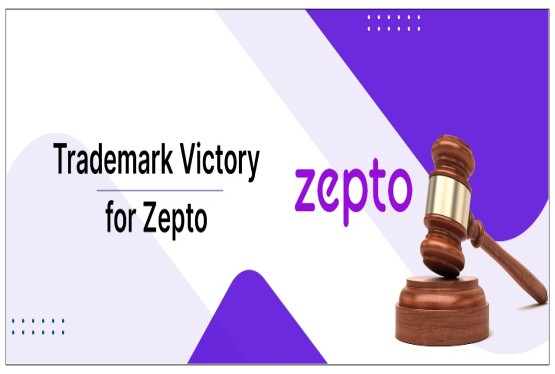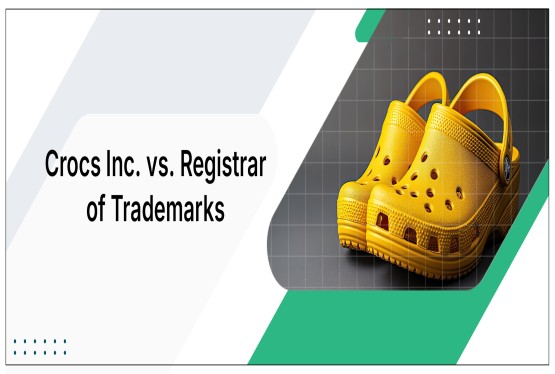In India, the copyright registration process provides formal evidence of ownership over creative works. Although copyright protection is granted as soon as the work is created, registering the copyright offers additional legal advantages, especially in cases of disputes. Here's a guide to the steps involved in the copyright registration process in India:
1. Eligibility Check
Copyright can be claimed for the following categories:
-
Literary works: Books, articles, scripts, etc.
-
Dramatic works: Plays, screenplays.
-
Musical compositions: Songs, instrumental pieces.
-
Artistic works: Paintings, drawings, sculptures, photographs.
-
Cinematographic films: Films and videos.
-
Sound recordings: Audio files, music recordings.
-
Software/Computer programs: Software applications, code.
The work must be original and fixed in a tangible medium.
2. Gather Required Documents
Ensure you have all the required documents ready before beginning the application process:
-
Personal details: Full name, address, nationality of the applicant.
-
Copy of the work: A digital or hard copy of the creative work.
-
No Objection Certificate (NOC): Required if the applicant is not the creator of the work. This should be obtained from the creator or publisher.
-
Power of Attorney (if applicable): If the application is submitted by an attorney, this document is needed.
3. Application Submission
-
Visit the Copyright Office of India.
-
Complete Form XIV, which is the copyright registration form. You need to submit a separate form for each category of work.
-
Pay the registration fee, which varies by the type of work:
-
Rs. 500 for literary, musical, dramatic, or artistic works.
-
Rs. 5,000 for cinematographic films.
-
Rs. 5,000 for software/computer programs.
You can submit your application:
-
Online via the copyright portal.
-
Offline by delivering the application to the Copyright Office.
4. Payment of Fees
You can pay the registration fee using one of the following methods:
-
Demand draft.
-
Online bank transfer.
-
Manual payment at the Copyright Office.
5. Examination of the Application
After submission:
-
The office issues a diary number as an acknowledgment.
-
A 30-day waiting period begins, during which any third party can raise objections.
-
If there are no objections, the application proceeds to examination.
-
In case of objections, both parties will be called for a hearing, after which the registrar will make a decision.
6. Issuance of the Copyright Certificate
Once the application is successfully examined and no valid objections are raised, the registrar will issue the Copyright Registration Certificate.
7. Duration of Copyright
For most works (literary, dramatic, musical, artistic), copyright protection lasts for the creator’s lifetime plus 60 years after their death.
8. Tracking the Application
You can monitor the status of your application by entering the diary number on the copyright portal.
Important Notes
-
While copyright protection is automatic, registration strengthens legal claims in case of disputes or infringement.
-
Registered copyright holders can file legal actions for copyright infringement.
-
The process of registration may take 6 to 8 months, depending on the complexity and any objections that arise.
By following these steps, you can ensure formal protection for your creative works in India






























_(b)_of_the_Trademark_Act,_1999_(1)_crop10_thumb.jpg)



_crop10_thumb.jpg)




























_crop10_thumb.jpg)
_crop10_thumb.jpg)






_crop10_thumb.jpg)








_crop10_thumb.jpg)
_crop10_thumb.jpg)



_crop10_thumb.jpg)





























_crop10_thumb.jpg)

















_crop10_thumb.jpg)






_crop10_thumb.jpg)











































































































































_crop10_thumb.jpg)




































_crop10_thumb.jpg)












_crop10_thumb.jpg)






















